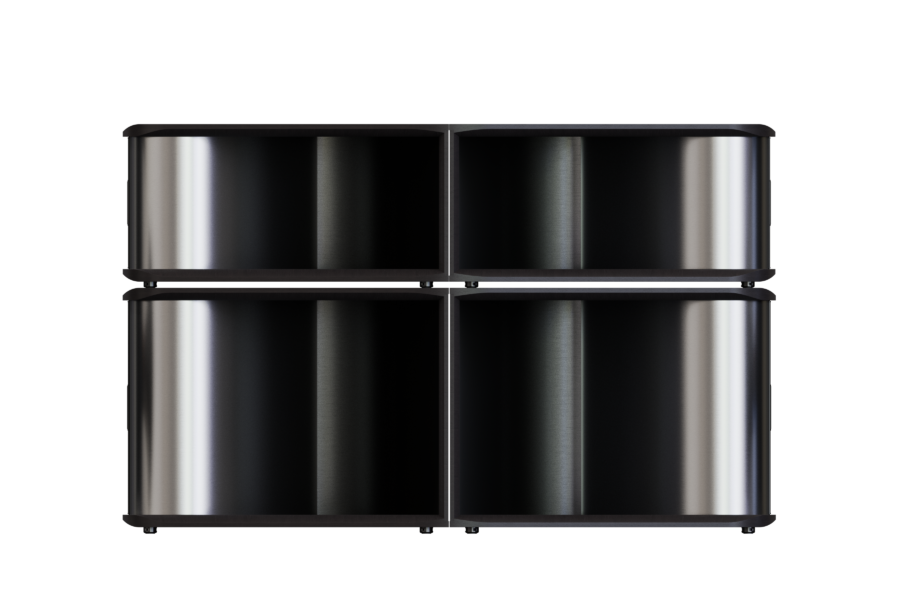At this point it is worth pointing out that the dual-driver SpaceHorns are an integral part of the G3 system/package, making a significant contribution to that huge step up in performance over the older, XD set up. If Avantgarde had just improved the horn arrays/amplification, without upgrading the subs in line, then the discontinuity in quality would have made integration significantly more problematic and it certainly would have limited the system’s ultimate performance. One option might have been to use the Sub 231, the conventional and more affordable, sealed box sub from the existing XD model line. At €18,800 a pair compared to €69,000 for the dual-driver SpaceHorns they would tick the cost and space-saving boxes, but not only would ease of integration and overall performance suffer (substantially?) the XD models are being run down and availability of the Sub 231 is now almost non-existent. There will likely be a replacement model in due course, probably built around the electronics and crossover/EQ module from the SpaceHorn, but one suspects that that is a way off. Instead, Avantgarde wanted to offer users a more compact solution that retained G3 levels of performance and modularity.

Thus was born the single-driver SpaceHorn. At first glance, the benefits might seem minimal. The footprint is exactly the same while at 492mm, it’s almost exactly two-thirds the height of the dual-driver version and at €52,000 a pair, three-quarters of their price. So, on the face of it, the sums don’t look too clever, but thankfully, the design concept is. The whole point of the single-driver SpaceHorn is that, stood on its side, it is narrow enough to place in a corner location without taking up too much floor space, while the common footprint (and comparable performance parameters) allows it to be stacked with the dual-driver version, maintaining the modularity and upgradability. The electronics package, the driver and the length and flare of the folded horn are all identical, so the versatility, tunability and quality of the single-driver SpaceHorn remain undiminished. What will suffer is ultimate bandwidth – but the corner placement compensates for that, albeit at the expense of somewhat trickier set up.
The end result is a Trio G3 that can be shoehorned into a smaller budget, a smaller room – or both. The monetary saving runs out at as much as €46,000, if you opt for passive speakers and single-driver subs – which is certainly not to be sniffed at. The question is, how much of the big, fully-active system’s performance do you lose along the way?
Trio G3-Lite loses out in two specific areas, when compared to the fully-active, dual driver SpaceHorn rig. One you can’t do anything about, but the other you most certainly can. As I’ve already suggested, augmenting the single-driver subs’ output with boundary reinforcement delivers no shortage of weight. The challenge is balancing the electronically EQ-ed extension against the corner reinforcement – and that means working with the distance from the side wall and the rear wall, as well as the level and crossover setting on the sub’s amplifier. Fortunately, the small digital control panels mounted on each sub, backed up but some seriously clear instructions makes the process as straightforward as it’s ever going to be. Just be prepared to spend some time working on achieving an initial physical position and then refining it over a period of weeks.

